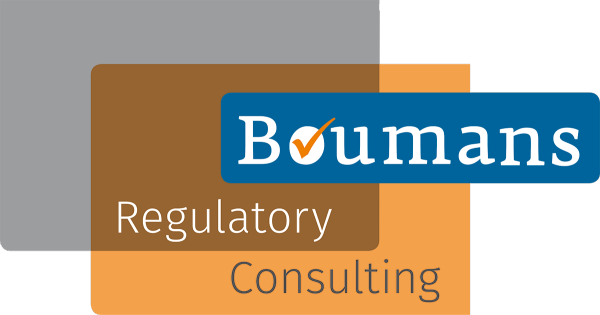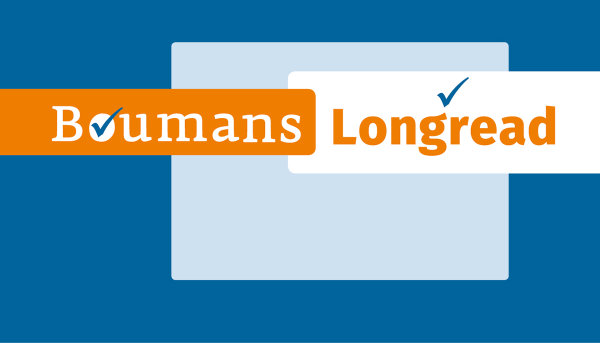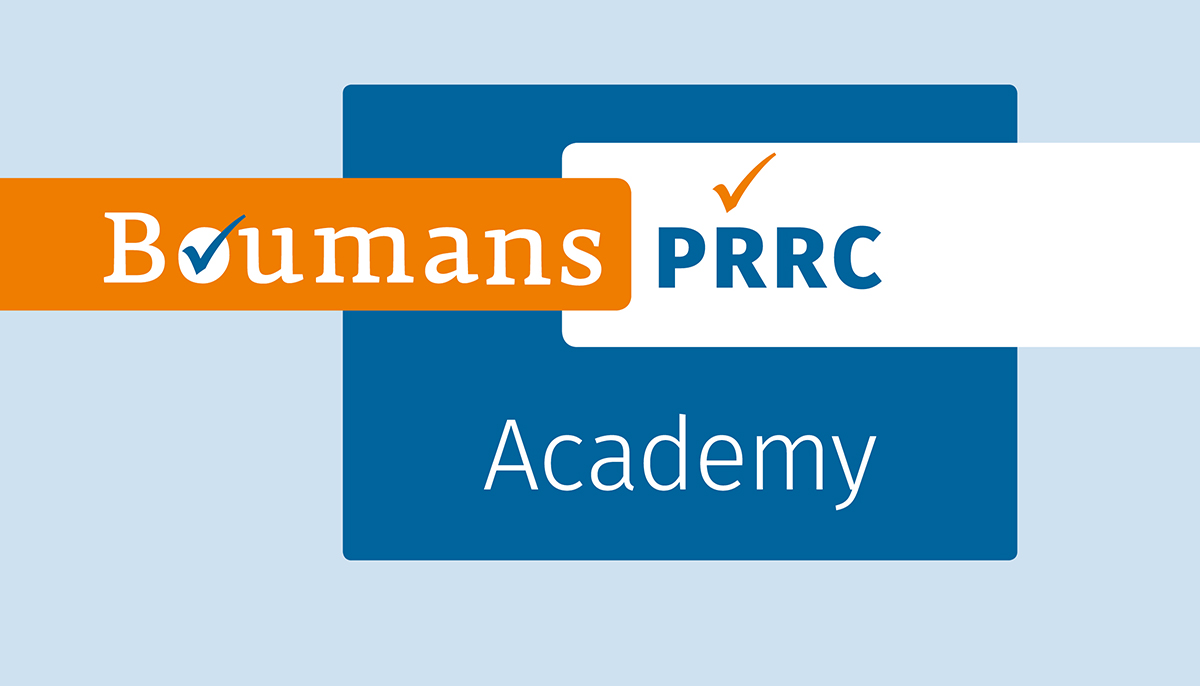Article 59 MDR/Article 54 IVDR
Article 59 (1) says: ‘By way of derogation from Article 52 of this Regulation (…), any competent authority may authorise, on a duly justified request, the placing on the market or putting into service within the territory of the Member State concerned, of a specific device for which the applicable procedures referred to in [Article 52] have not been carried out but use of which is in the interest of public health or patient safety or health.’
In short this means that a competent authority may allow the placing on their territory of a device that is not CE marked. This is a procedure that can be used in two types of situations:
- Cases where a single patient may require the use of a device which is not CE-marked. This may for example be the case in a situation where a patient was implanted somewhere else and for explanting a specific tool is needed that is not CE-marked. These are relatively simple cases and are not discussed further.
- Cases where a manufacturer cannot or no longer rely on a certificate. This is further addressed below.
IVDR Article 54 offers a similar option. In this tip of the week I will only refer to medical devices, but for IVD’s the consequences are similar.
Is this a way out for companies that don’t make the MDR certification in time?
Article 59 may look like a ‘Get Out of Jail Free card’, which may look a little too good to be true. And that would be a correct assumption. Article 59 only offers a last resort if all other attempts have failed, and Member States only allow this derogation under very strict conditions. I have helped several companies with their derogation requests and I can honestly say that derogation requests can be successful. But I also know that these have been the exceptions, most requests are turned down. And even successful attempts come at a price. Let me take you past the most common hurdles you will have to take for a successful attempt.
‘Why?’
The first question you must be able to answer satisfactory is why you ended up in this situation. ‘Our notified body suddenly left’ is a much better reason than: ‘We hoped the deadlines for the certification under the Regulations would be moved again, so we waited a bit longer.’ The justification: ‘notified body says no’ will not make a competent authority say yes. You need to draft a solid justification for ending up in this situation. This justification will be the start of the derogation request process, I recommend you invest adequately in this first impression.
Clinical indispensibility
The second step in justification is that you need to explain the clinical need of the device. If your device is used in critical procedures and it can’t be replaced, your chances of success increase significantly. Devices with such a large market share that it will be impossible for their competitors to compensate for the loss of those supplies may also justify a derogation. It helps if you have hospitals, physicians or other users testify that your device cannot be missed. Without a clear and urgent need on the part of public health the request will fail, so here is another justification that needs careful drafting.
No CE, but full evidence of compliance still needed
By allowing a device without CE-marking on their territory the Member States take a huge responsibility upon them. Therefore, they want to know the device is sufficiently safe and effective and risks are acceptable when weighed against the clinical benefits. In other words, the manufacturer must provide more or less the same evidence they have to present to the notified body. If your technical documentation is not MDR ready, your request will most likely fail. And there are several complicating factors when it comes to submission of technical documentation as part of an Article 59 procedure. Notified bodies have trained and often experienced staff, with a certain level of expertise in the field of the types of devices they review. Competent authorities don’t have any requirement setting a minimal qualification for reviewing staff. Competent authorities can outsource these reviews to others and those resources may or may not have relevant expertise. This makes outcomes of these reviews difficult to predict. I have seen the same technical documentation being send to various competent authorities. Each came back with comments and they did not share one single comment between them. Another issue is of a procedural nature. Where a notified body has a ‘three strikes and you are out’ approach, a competent authority may allow only one attempt.
Derogation granted, start of a new process
Once the derogation is granted the competent authorities want to monitor the safety of the device as it is used on their territory. They want to know how many devices have been placed on the market, often also where they are used and they certainly want to know any feedback received from users. They like to see that compared with other Member States and possibly also other global markets. The exact data they want to have, the frequency of updating and the format by which this information must be supplied varies between Member States. Add to this that derogation may be granted for only three months, a full year or anything in between. It is possible to extend the derogation period, but this has to be requested and justified. In other words, a lot of work needs to be put into maintaining a derogation request.
You should also be aware that the authorities expect you to be pushing for notified body certification while you are also maintaining the derogations.
Derogation strategies
Article 59 allows for Member States asking the European Commission to allow for a Union wide derogation. I have never seen this happen and Member States as well as the European Commission appear not eager to do this. So you should prepare for entering derogation requests to each Member State in which you want your devices made available. The positive thing about this is that smaller Member States appear to do lighter check if larger Member States have already come to a positive decision.
Considering the amount of work and communication required it may be recommended not to try to get a derogation on all markets at the same time. Obviously, this depends on the availability of the device at the moment the current certificate expires, which is also related to the urgency of the request. You may want to consider moving remaining stock to smaller markets and start with derogation requests in larger markets. Where to start and how to distribute limited resources is a multi-dimensional riddle and it is recommended to discuss that with someone who has experience with these procedures.
Conclusion
I hope your conclusion is that Article 59 should not be part of your regulatory strategy. Worse, as you can read above, Article 59 does not replace the certification process. You should do anything in your power to try not having to rely on these derogation requests. But if there is no other option, ensure you have the right team with adequate resources and get extra help in.
I have hands on experience with this procedure and I can help companies in need. But I would rather help you getting your device certified along the standard route. That is a much more predictable process, with a more sustainable result.




